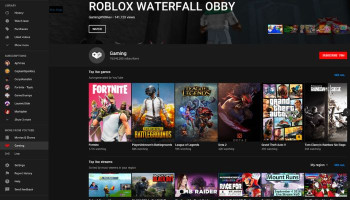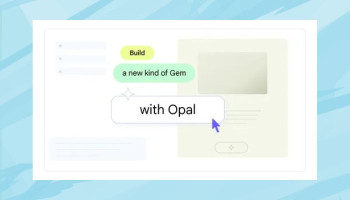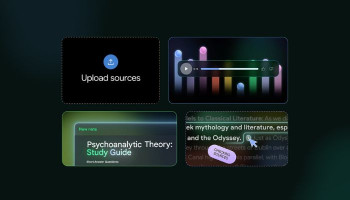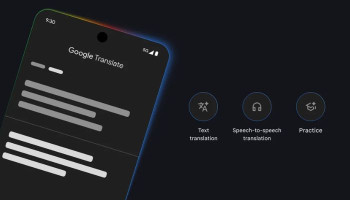
OpenAI’s GPT-4 has established dominance in the AI landscape, but Google’s Gemini emerges as a formidable challenger, showing impressive capabilities and sparking curiosity amidst some hyped demonstrations.
Introducing Google Gemini
Google’s Gemini, the latest large language model (LLM), offers versatility across text, code, audio, images, and videos. While demonstrations showcased its potential, actual real-time capabilities may differ, as interactions were prompted by text, not live voice input.
Gemini's release date
Released in stages, Gemini Pro has limitations, operating only in English, while Ultra undergoes extensive testing. Nano's integration into Pixel 8 Pro adds limited capabilities. Pricing details remain uncertain, with Gemini Pro free in Bard and Nano as a Pixel 8 Pro update.
Gemini Pro is set to be introduced to Google AI Studio and Google Cloud Vertex AI, platforms catering to developers for app prototyping and data management, scheduled for release on December 13. Gemini Ultra will take even longer to reach the public, as per Google.
Google's claims
Though Gemini Pro integrates into Google Bard, it has exhibited early-stage hiccups similar to other AI tools. Google claims Gemini's superiority over GPT-4 in tests, yet the margin is marginal, considering GPT-4's year-long existence.
Read more: Google Gemini AI vs ChatGPT: Could the former beat the latter?
How to use Google Gemini
Gemini's utilisation varies — Bard for diverse queries, Gboard's Smart Reply, and Recorder app summarisation for Pixel 8 Pro users.
Gemini vs GPT-4
Google positions Gemini as advanced, but its comparative edge against GPT-4 isn't definitive. Upcoming versions might shape this ongoing battle between the giants in AI.
















